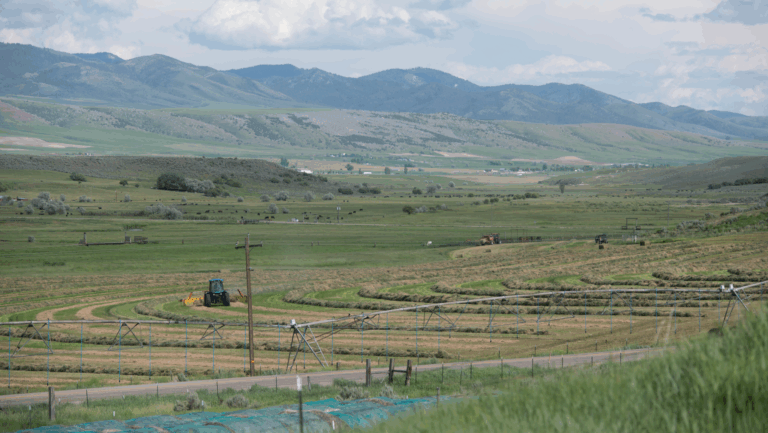Agriculture Hurricane Preparedness Checklist
Agricultural hurricane preparedness – protecting crops and livestock.
Statistically, June and July see less than 15 percent of a season’s hurricanes, so ag producers have a slight window of opportunity to work on hurricane preparedness if they have not yet done so. However, a storm can pop up anytime, so follow the steps below for protecting your operation and livestock as soon as possible.
Hurricane Preparedness for All
Whether you grow crops or raise livestock, there are a few items on the hurricane prep ‘To-Do’ list that apply to every ag operation. These steps, provided by UF/IFAS Extension, are general tips for being prepared if a major storm comes through your area.
For your ag operation, make sure to:
- Inspect all barns, outbuildings, paddocks, and other structures for broken or weak components: look for loose metal roofing, siding, and weak walls that could potentially blow off, fall over, or otherwise fail in high winds. Make all necessary repairs, such as interior and exterior braces and re-nail metal roofing and siding.
- Check that rafters are secured to the wall studding with hurricane-rated straps or 2″ x 6″ knee braces.
- Stock up on nails, screws, and plywood to board up windows and to nail doors and windows shut.
- Plan to turn off electricity at the switch and unplug electrical equipment right before storms strike.
- Move heavy, expensive machinery to sturdy buildings. It’s not recommended to use such equipment to anchor structures.
Protecting Livestock
Agricultural operations with livestock have additional considerations. For those with large animals like dairy cows or beef cattle, it is usually recommended to turn them loose in a field. However, ensure that the fields are not in low-lying areas that might flood. Build dirt mounds for animals to stand on if flood plains are the only option. Smaller animals, like chickens, should be penned indoors in a building that’s safe from flooding and has adequate ventilation.
All ag operations with livestock should consider the following:
- Purchasing a gas-powered generator, especially if the operation uses vent fans, water pumps, milking machines, or other critical electrical equipment.
- Store enough feed out of flood zones for livestock.
- Ensure a source of clean water; letting livestock drink flood water is generally not recommended.
- Store fertilizers, pesticides, treated seeds, and other such compounds up high and away from flood waters and animals.
- Cover sharp parts or cutting edges of machinery and equipment that could come pose a danger to animals.
Many of the financial damages caused by hurricanes can be mitigated by careful planning before a storm looms on the horizon. As the country’s premier land lenders, we help the nation’s agricultural producers grow and succeed with our low interest rates, long amortizations, and outstanding 10-year line of credit.






